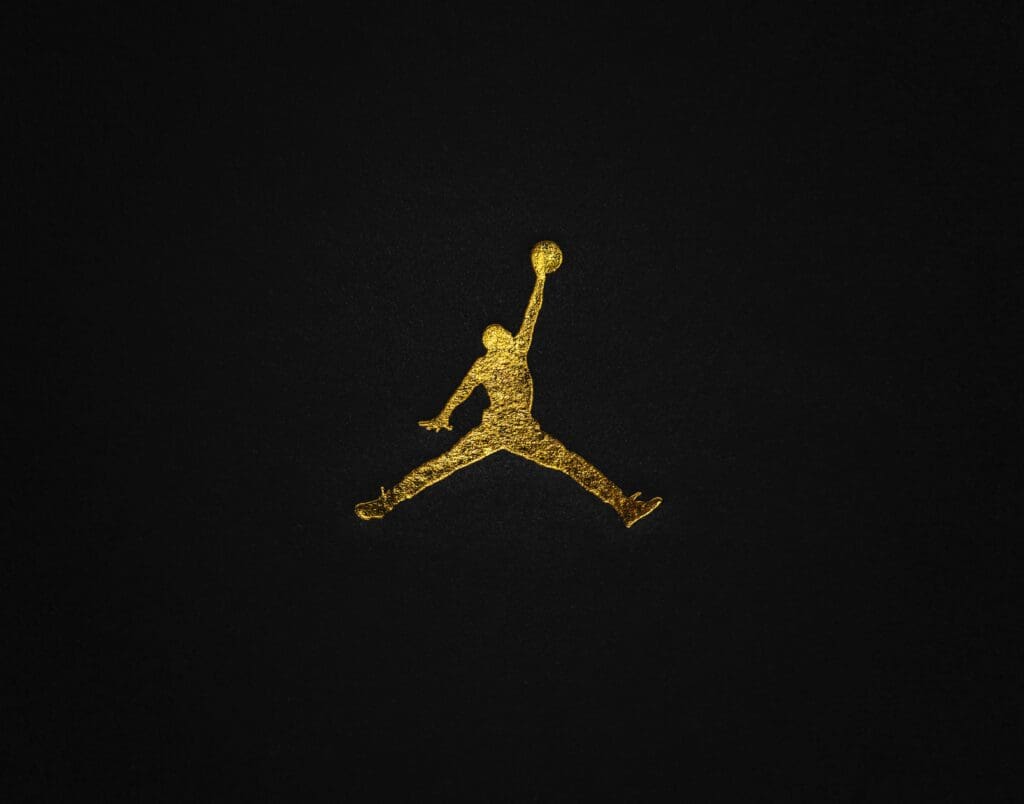Using Psychology in Marketing

We’re strong advocates for using buyer personas in marketing — idealized versions of your perfect customer with alliterative names like Marketing Mary or Professional Peter. It’s important to know who you’re talking to, and we use these buyer personas to create customized marketing messages, tailor our strategies, and predict the way that our customers will do their research and come to a decision.
The downside of a buyer persona is that it’s easy to miss the mark. Marketers tend to rely on demographic data like income level and location, filling in gaps with educated guesses and adding irrelevant info like which websites they get their news from. Just because a persona is more detailed doesn’t mean it’s more useful, but it’s an easy trap to fall into.
Quantitative psychology is a different approach to buyer personas. Rather than lumping all teenage girls, all middle-aged dads, or all Seattle accountants into the same box, the idea is to segment and target people by their psychology.
The OCEAN Model
The OCEAN model, also known as the Big Five, has been the leading system for describing a person’s personality for almost 40 years. It’s made of five separate sliders, each one referring to a distinct personality trait:
Openness: This trait describes people with a dynamic personality, willingness to try new things, and eagerness to meet and learn about new people. People on the low end of this trait, on the other hand, like to stick to their ways and think in concrete terms rather than abstractions.
Conscientiousness: People who rate highly for conscientiousness tend to be goal-oriented, mindful of details, and extremely organized. People at the other end of the spectrum are more impulsive but might also exhibit more creativity as they tend to go with the flow better.
Extroversion: Extroverted people draw their energy from social situations, doing their best work in a team setting. Introverted people might do just as well in group settings but need space and privacy to buckle down and focus.
Agreeableness: Highly agreeable people tend to prioritize the happiness of others or the cohesion of the group rather than on their own goals. On the other end, a disagreeable person is less likely to compromise on their own needs for others’ sake.
Neuroticism: A neurotic person is more prone to negative emotions like anger, worry, or depression. Highly neurotic people are emotionally reactive and become stressed quickly. People at the other end of the neuroticism scale tend to be more emotionally stable and less prone to stress and anxiety.
These personality traits don’t necessarily interact. While it might seem that a quality like extroversion would go hand-in-hand with a trait like agreeableness, scoring highly on one feature doesn’t mean you’ll score highly on any other. The five traits also allow for an enormous number of personality types. Even if you narrow down each trait to high, medium, or low, you’re still left with 243 different personality combinations. Each of the five traits also has six more pieces, each with its own scale, for a total of 300 trillion possible combinations.
What the OCEAN Model Means For Marketers
Obviously, it doesn’t make sense to create 243 different buyer personas. The differences between them would be so small that they wouldn’t mean anything anymore. But the idea is that by using these Big Five traits, you can group people by the way they think rather than just who they are.
These traits are especially useful when you combine them with traditional buyer personas. Say, for example, that you make CRM software for tracking customer information. A traditional buyer persona might be Database Dan, a database manager at a company with $5 million in revenue, at least 50 employees, and at least 2,000 customers. You could even specify Dan’s age, which devices he uses to browse the internet, how often he checks his Facebook page, and so on.
With the Big Five, you can add more dimensions to Dan’s personality. If Dan is highly conscientious, focus on organization and empirical data. If Dan is neurotic, focus on how much less stressful his job will be. If Dan scores low on openness, talk about how easy it will be to transition to the new system.
Chances are, you’ll find correlations between personality traits and demographic traits. You might find that older people are less open or that young people are more extroverted. Once you start to notice these trends, you can make educated assumptions about your buyer personas and what kind of content they might like to see.
The system works — when Hilton Worldwide conducted a 50-question survey of its customers’ personalities and started tailoring their ads based on results, they found that their personality-matched ads brought in 342 percent as many clicks as the benchmark.
The more you can understand and empathize with the needs of your customers, the better you’ll be able to serve them.
Activated Theory
The bottom line here is that understanding your audience is critical. Traditional buyer personas based solely on demographics have limitations. The OCEAN model, encompassing the Big Five personality traits (Openness, Conscientiousness, Extroversion, Agreeableness, and Neuroticism), offers a deeper understanding.
This model complements traditional personas, adding richness. For instance, consider the example of Database Dan presented above. Instead of just job details, factor in personality traits. Is he conscientious? Emphasize organization. Is he neurotic? Highlight stress reduction. Recognizing correlations between personality and demographics informs content strategy.
By embracing the psychology of marketing, we can connect more profoundly with our audience, creating messages that truly resonate in a cluttered marketing environment. As marketers, let’s continue to leverage an understanding of human psychology to elevate our communication strategies.





